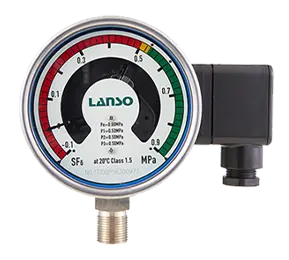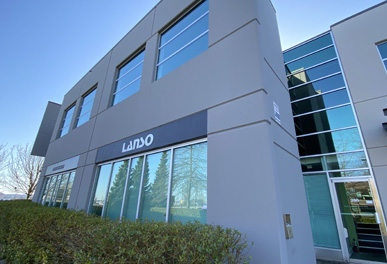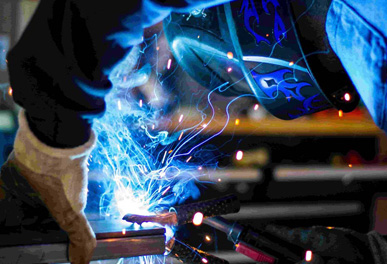SF6 relay can accurately measure the density value of SF6 gas only after the SF6 equipment has been decommissioned, and when the internal and external temperatures of the equipment have stabilized.
The double-layer metal strip in the SF6 relay that serves as a temperature compensator can only compensate for changes in density values caused by environmental temperature changes, but cannot compensate for changes in density values caused by internal temperature rises in the device.
The main function of the SF6 relay is to monitor whether the SF6 gas is leaking. Only after the equipment has been decommissioned, and when the internal and external temperatures of the equipment have balanced, can the change in density readings be used to determine if there is a leak.
When a circuit breaker is put into operation, the electrical power consumed by the power load through the conductor resistance and contact resistance of the conductive circuit will be converted into heat, heating up the SF6 gas and causing a temperature rise. This then results in a pressure increase, and the density gauge reading will be high, which is a normal phenomenon for this type of gas density gauge. If the reading is low at this point, one must determine whether the equipment is leaking or whether the amount of gas filled is insufficient.
The readings of the SF6 relay vary depending on its location in the circuit breaker. The so-called ambient temperature generally refers to the air temperature not exposed to sunlight. If the density gauge is installed on the side of the circuit breaker that is shaded from the sun, the density reading will be higher; if the density relay is installed on the side facing the sun and heated by sunlight, the density reading will be lower. The degree of deviation depends on the temperature difference.
When the circuit breaker is in operation, the size of the reading error of the SF6 relay depends on the size of the temperature rise caused by the circuit breaker's load current and circuit resistance, and the error size is unrelated to the ambient temperature. Strictly speaking, this reading cannot represent the actual pressure value of SF6 gas, nor can it represent the actual density value of SF6 gas. According to the DL/T728-2013 "Guidelines for ordering gas-insulated metal-enclosed switchgear", the temperature rise of the GIS shell, which operators can easily touch, should not exceed 40K, and for parts where operators do not touch, a temperature rise of up to 65K is allowed.
When using the SF6 relay, specific analysis should be made according to its structure, principle, operating conditions, etc. For example, the northwest region is a typical temperate continental climate, and the average daily temperature difference in winter and summer is around 10-15°C. One cannot assume that because the actual density of SF6 gas does not change with temperature changes, the density gauge reading will not change with temperature changes. In actual work, if it is found that the reading error of the meter is large, it cannot be assumed that there is a problem with the quality of the density gauge.
According to the statistical analysis results of SF6 relay in winter and summer, the larger the load current, the greater the error, which can reach 10%~20%. In this case, it should not be judged that there is definitely a problem with the SF6 relay.







